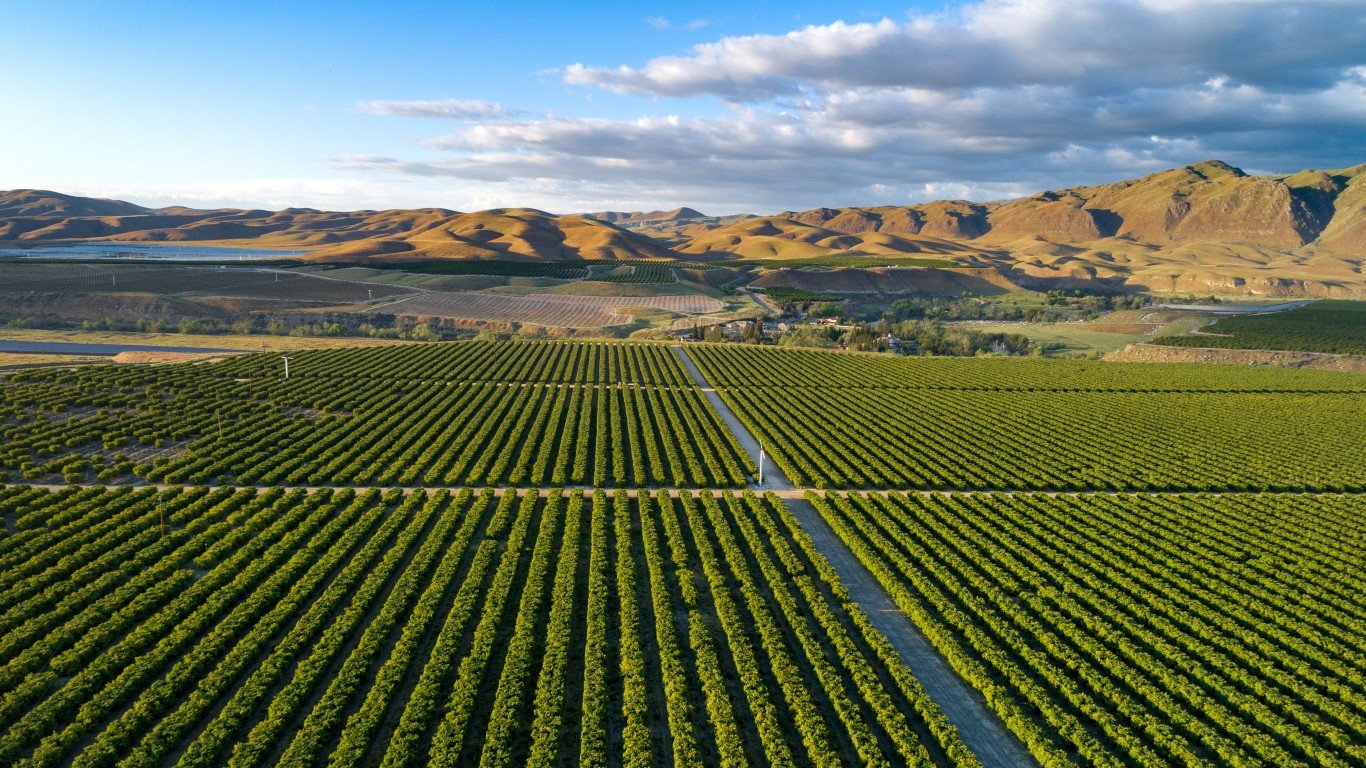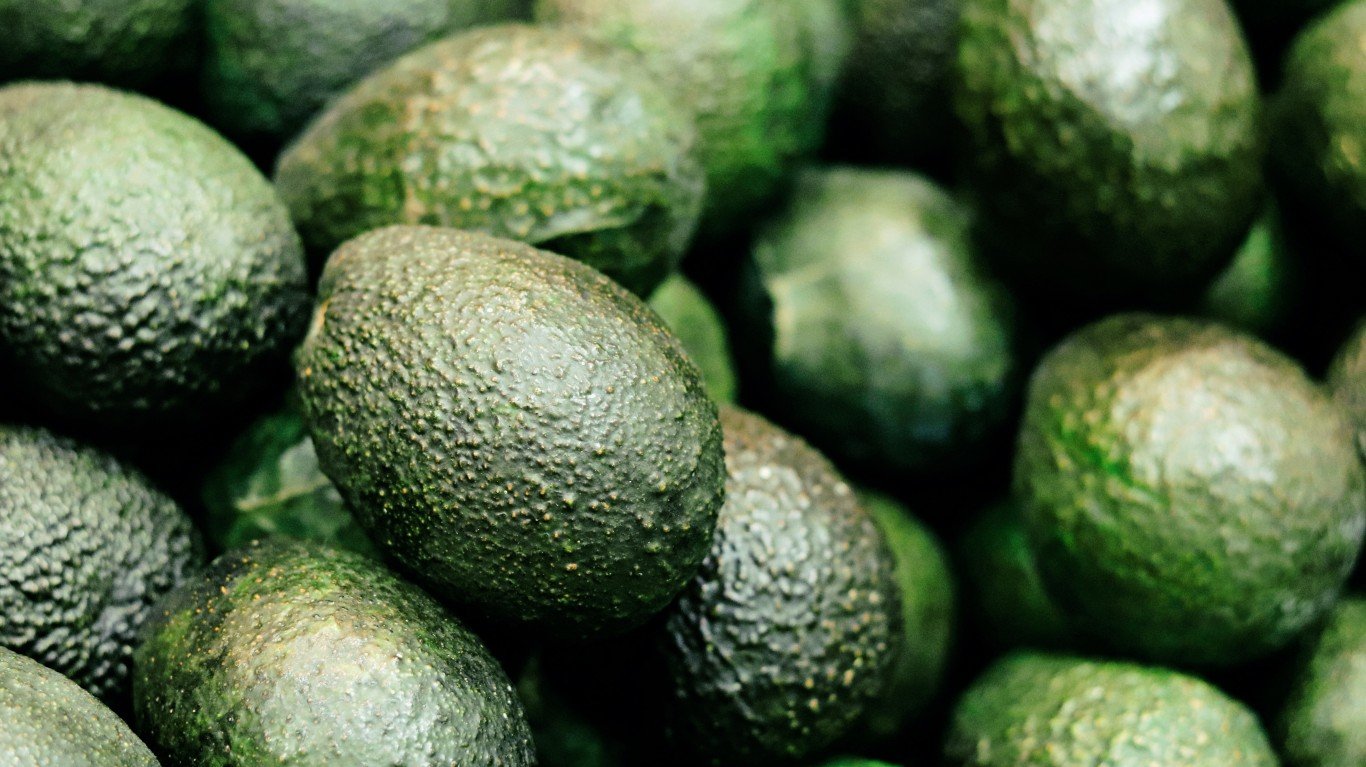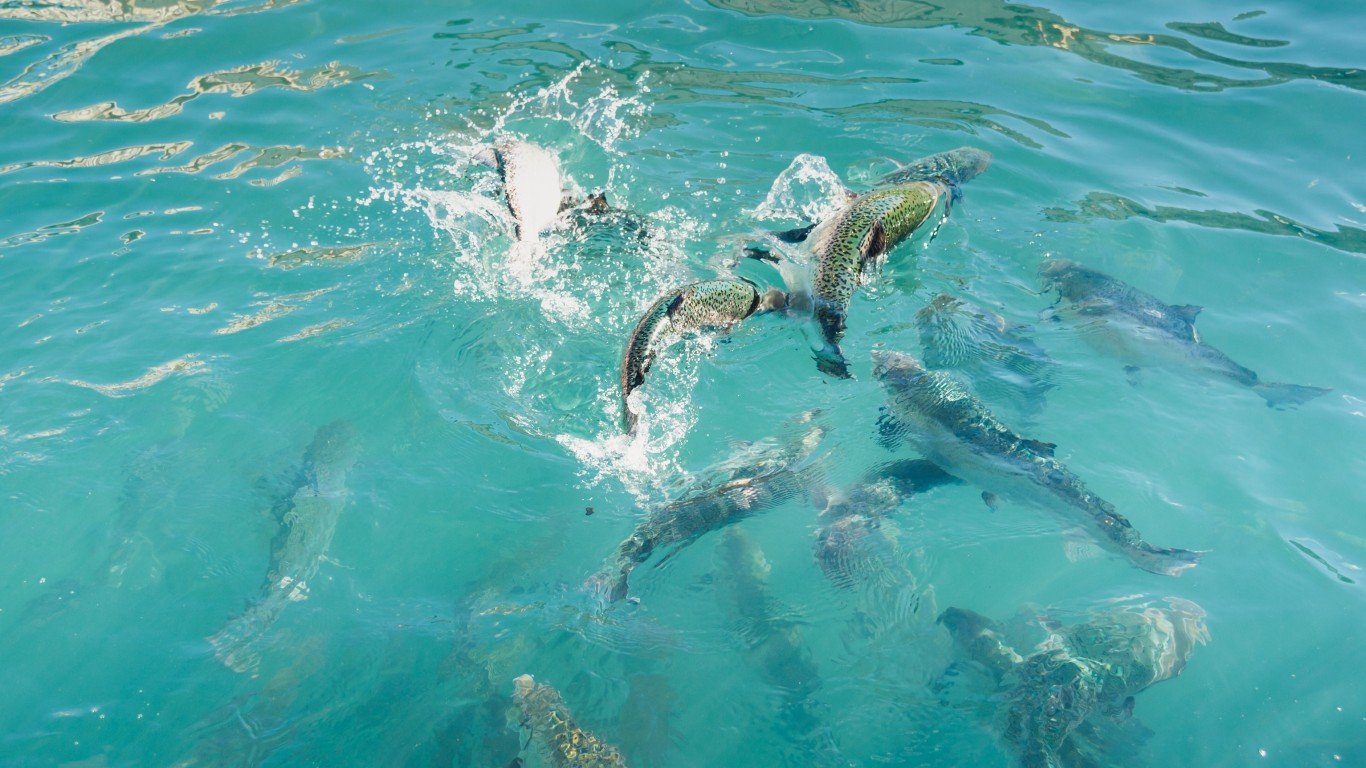
Olives
> Largest U.S. producer: California
> Largest international producer: Spain
Warmer temperatures can disrupt the flowering process in olive trees, reducing fruit set and impacting the development and quality of the olives. Long dry spells followed by heavy rainfall can lead to soil erosion, root stress, and reduced water infiltration, affecting olive tree health and productivity. Warmer temperatures can increase the population growth of certain pests, such as olive fruit fly and olive scale insects, while changes in temperature and humidity can also impact the incidence and severity of fungal diseases, including olive knot and Verticillium wilt. High temperatures during the fruit ripening period can also affect oil quality by reducing the accumulation of desirable compounds, including fatty acids, antioxidants, and other bioactive compounds.

Avocados
> Largest U.S. producer: California
> Largest international producer: Mexico
Avocados thrive in specific temperature ranges, and higher temperatures can affect fruit set, reduce yields, and impact the quality of the fruit. Drought stress can also affect tree health, leading to leaf drop and reduced productivity. Irregular rainfall patterns can lead to soil erosion, nutrient leaching, and reduced water infiltration, and such extreme weather events as storms and floods can physically damage orchards. Warmer temperatures can favor the proliferation of certain pests, such as mites, scale insects, and borers, and changes in rainfall patterns can impact the occurrence and severity of fungal diseases, including root rot and anthracnose.

Salmon
> Largest U.S. producer: Alaska
> Largest international producer: Norway
Salmon are cold-water species, and changes in water temperature associated with climate change can have significant effects on their survival and reproduction through stress, reduced growth, and increased vulnerability to diseases. Changes in water quality, including oxygen levels and pH, can also impact the fish’s health and survival. These changes can lead to altered river flows, affecting the migration of salmon to and from their spawning grounds. Rising carbon dioxide levels in the atmosphere lead to ocean acidification, which can negatively affect salmon during their marine life stage, as acidic waters can impact the availability of prey, disrupt the growth and development of juvenile salmon, and make them more susceptible to predation and disease.

Beef
> Largest U.S. producer: Texas
> Largest international producer: U.S.A.
Climate change can alter the availability and quality of forage resources for beef cattle, leading to challenges in meeting the nutritional needs of cattle, potentially impacting their growth, reproduction, and overall productivity. Changes in precipitation patterns can affect water quality and increase the risk of waterborne diseases, as well as influencing the distribution, prevalence, and life cycles of diseases and parasites that affect the animals. Ironically, beef cattle are not just potential victims of climate change but also significant contributors to it: They release large quantities of methane – a potent greenhouse gas produced during their digestive process, particularly through enteric fermentation in the romance – into the atmosphere.





